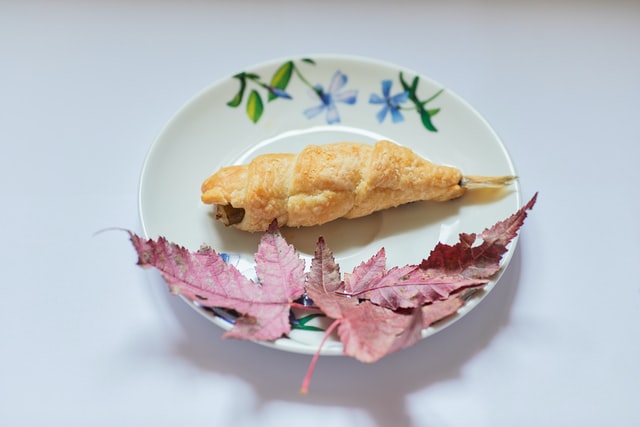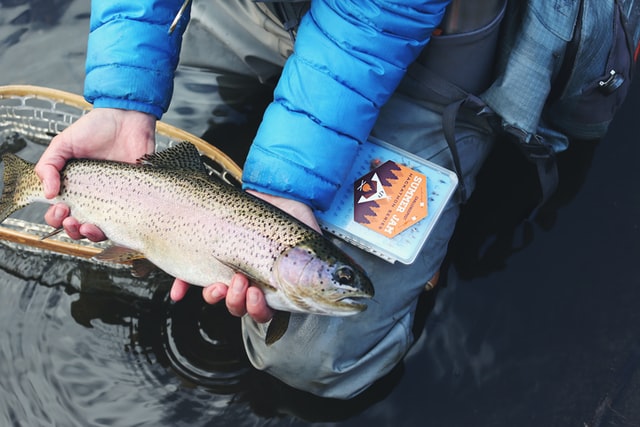How to Make the Best Baked Tilapia
Baking fish has long been considered a tricky affair. Tossed into sizzling oil or baked under the broiler, these delicate little morsels often fall apart at the slightest touch. That’s why they’re usually served raw in sushi restaurants.
But now, thanks to modern cooking techniques, even baking fish isn’t such a daunting task anymore. Fish lovers can enjoy their favorite culinary delicacies without having to worry about losing their dinner.
Fish is a lean source of protein that’s low in saturated fat and high in omega-3 fatty acids. As a result, it’s also considered a superfood that boosts brain function, promotes cardiovascular health, burns belly fat, and helps fight obesity and depression.
Here’s a quick guide to preparing and serving baked tilapia without sacrificing flavor.
The Basics: The Health Benefits of Baking Fish
It doesn’t sound all that appetizing, but some people like fish cooked this way when it comes to eating fish for its healthy attributes.
As with any other food, including meat and poultry, there are nutritional benefits to fish when prepared as a baked fish meal.
There are many reasons why you might want to serve your family fish baked instead of fried. Here are just a few of them: It’s less greasy than most fried versions. Fatty fish is better for you if it’s not fried.
When heated in an oven, fish tends to have more moisture content which makes it healthier — especially if you soak the filets first so that they absorb less oil while cooking. Fish baked in a foil pouch retains more moisture than fish breaded or battered; therefore, it cooks faster than fish breaded or brushed with batter. And lastly, fish baked in a foil pouch cooks up more evenly and crisply than breaded or battered fish.

You don’t need to be a gourmet chef to get great results from baking fish. Anyone who enjoys simple meals will love these tasty recipes.
How To Bake Fish Without Fear
Six basic steps make up the process of baking fish. You’ll find each step described below.
Step 1: Prepare Your Ingredients
While you can use almost any type of fish or shellfish, cod, salmon, red snapper tuna or mackerel are the most common types found readily available in stores and online retailers. Cod and salmon are milder forms of fish. Mackerel is a stronger flavored variety that’s loaded with Omega 3 fatty acids.
Because of this, you may prefer to bake one of these varieties over the others. Don’t forget to rinse away excess blood, bones, and skin before starting the next step.
Step 2: Selecting Your Fillets
When purchasing fillets, look for ones that are thick and sturdy but not overly large. Thickness refers to how much flesh is between the skin and the bone while the size is how long the fillet is. Thicker fillets tend to hold together better during cooking than thinner varieties.
Also, check to see whether the exterior has been marbled (that is, has white streaks) or scored (faded stripes). Marbling creates tender texture while scoring adds flavor notes. Both methods work well. A good rule of thumb is that thicker fillets will take longer than skinny varieties. But keep in mind that thicker fillets generally cook at higher temperatures and require more time for thorough heating and browning.
Step 3: Make Slices
Making slices helps ensure that your fish cooks evenly throughout without getting too dark or burnt. Whether you choose thin slivers or larger chunks, this step ensures that your fish doesn’t dry out.
Slice the fillets to fit the pan as closely as possible. They might not cover the entire bottom so leave enough space.
Then arrange them side-by-side.
Step 4: Heat the Pan
After arranging your pieces, place the pan in an aluminum foil tent to help retain moisture. Then season the pan with sea salt and freshly ground black pepper. Place it directly on top of a medium flame. This helps prevent hot spots.
Now turn off the burner. You’ll want to wait five minutes to allow the fish to release juices.
Turn up the flames until the pan begins to smoke slightly. As soon as that happens, pour in the oil and slowly swirl the pan around until the liquid comes back up to the edges visit casinoclic. Be careful not to let the oil get too close to the fire.
Step 5: Add Flavors
After turning on the gas again, add the garlic and sage leaves to the pan. Let them sizzle until fragrant and lightly colored.
Add the lemon juice and stir constantly as it evaporates. Stir continuously until the mixture starts to bubble. This signals when the garlic and herbs start to brown. Turn off the stove, remove it from the heat and set it aside.
Step 6: Begin Cooking Your Fish
Place your pan over high heat. Cook your fish for about 2 minutes per inch of thickness. For example, a two-inch steak would take 4 minutes; a four-inch steak would need 10 minutes; an eight-inch steak should give you 12; etc. Depending on how big the piece is, adjust accordingly. Remove the pan from the heat and serve immediately.
